Printmaking


Want to print with us?
We have many years of experience, and a few close relations to some of the most recognizable printing companies around the world, we offer several different print techniques with the highest profesionality and quality. We are based in Bodø and Oslo (Norway), so wherever you may live, we are delighted and very happy to deliver to the whole world.
If you have any questions, or need any input on what technique that could fit your artwork. Never hesitate to contact us anytime.
We are here to help, and one of our expert printers will be with you all the way to give you the best experience, and highest quality on the finished result.
Simply contact us using one of the options underneath.
– Please specify your ideas, needs and all the information that you may have so we can put you in contact with the right printing expert.
PRINT WITH US


SCREEN PRINTING
We are associated with a a large open plan space incorporating two large screen printing beds that enable us to print up to 4ft by 3ft.
ABOUT – SCREENPRINTING
Screen printing is a printing technique where a mesh is used to transfer ink onto a substrate, except in areas made impermeable to the ink by a blocking stencil. A blade or squeegee is moved across the screen to fill the open mesh apertures with ink, and a reverse stroke then causes the screen to touch the substrate momentarily along a line of contact. This causes the ink to wet the substrate and be pulled out of the mesh apertures as the screen springs back after the blade has passed. One color is printed at a time, so several screens can be used to produce a multicoloured image or design.
There are various terms used for what is essentially the same technique. Traditionally the process was called screen printing or silkscreen printing because silk was used in the process. It is also known as serigraphy, and serigraph printing. Currently, synthetic threads are commonly used in the screen printing process. The most popular mesh in general use is made of polyester. There are special-use mesh materials of nylon and stainless steel available to the screen printer. There are also different types of mesh size which will determine the outcome and look of the finished design on the material.
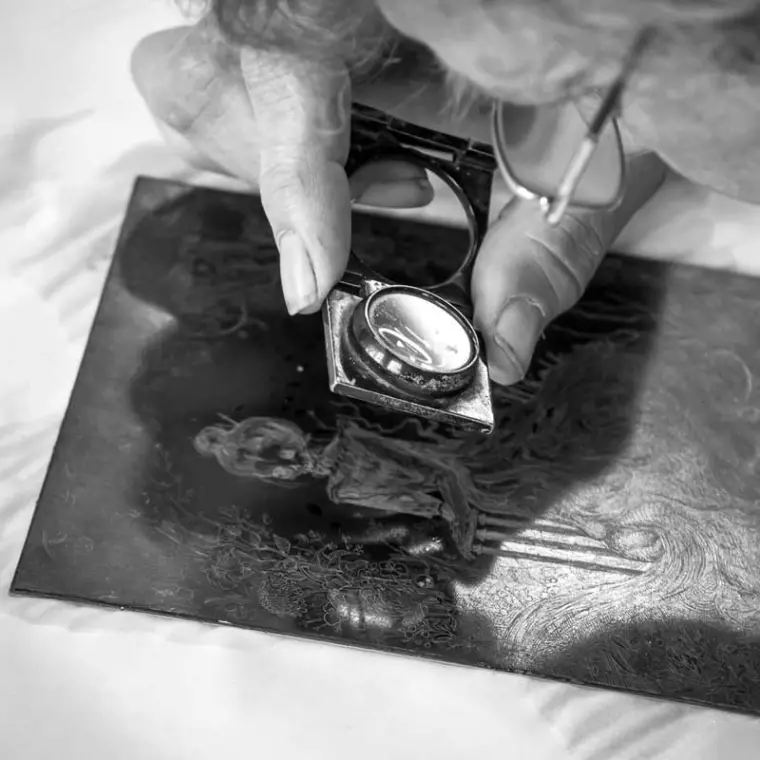

ETCHING
Our Etching area is an open plan space equipped with 3 presses, the largest of which enables us to print up to 5ft by 3ft. We regularly combine both etching and silkscreen processes within the same print.
ABOUT – ETCHING
Etching is traditionally the process of using strong acid or mordant to cut into the unprotected parts of a metal surface to create a design in intaglio (incised) in the metal In modern manufacturing, other chemicals may be used on other types of material.
As a method of printmaking, it is, along with engraving, the most important technique for old master prints, and remains in wide use today. In a number of modern variants such as micro fabrication etching and photochemical milling it is a crucial technique in much modern technology, including circuit boards. Etching has often been combined with other intaglio techniques such as engraving.
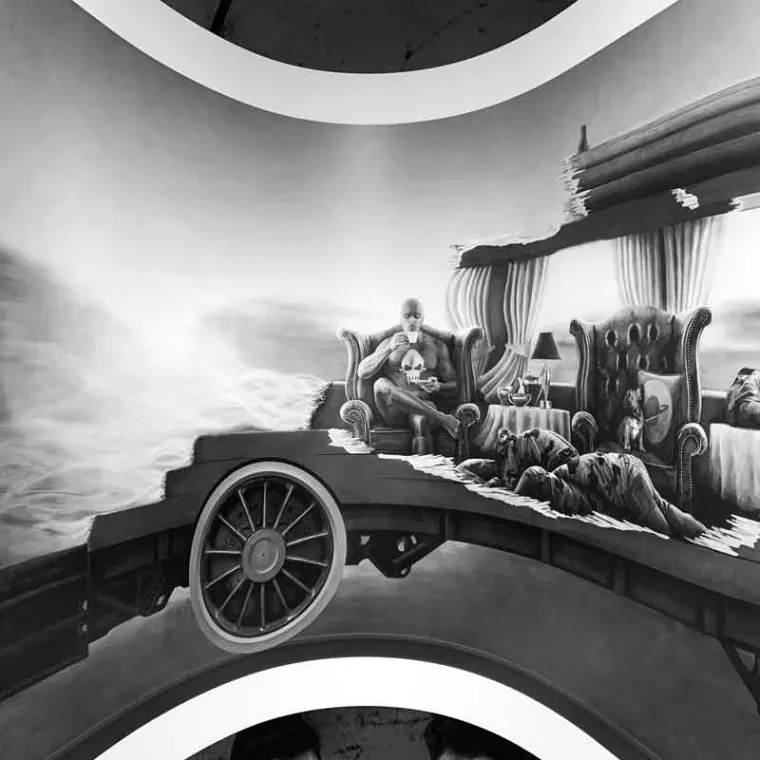

DIGITAL / PHOTO / GICLÉE
We are associated with several large format Epson printers, Stylus Pro 11880, SureColor P9000 and SureColor P10000, which produce the most accurate digital reproductions using archival inks.
ABOUT – DIGITAL PRINTING
Digital printing refers to methods of printing from a digital-based image directly to a variety of media. It usually refers to professional printing where small-run jobs from desktop publishing and other digital sources are printed using large-format and/or high-volume laser or inkjet printers. Digital printing has a higher cost per page than more traditional offset printing methods, but this price is usually offset by avoiding the cost of all the technical steps required to make printing plates. It also allows for on-demand printing, short turnaround time, and even a modification of the image (variable data) used for each impression. The savings in labor and the ever-increasing capability of digital presses means that digital printing is reaching the point where it can match or supersede offset printing technology’s ability to produce larger print runs of several thousand sheets at a low price.
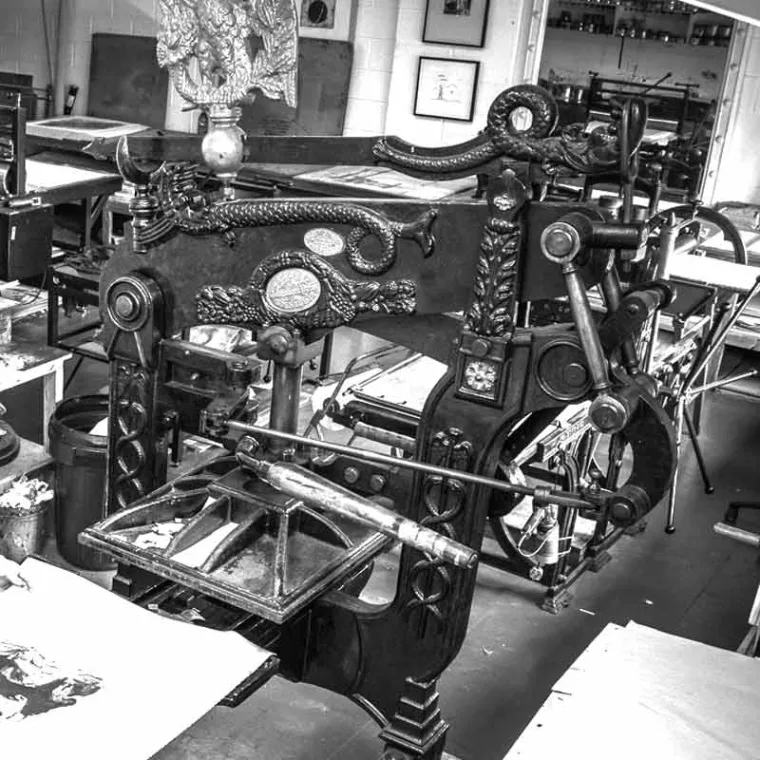

RELIEF / LETTERPRESS
For Relief printing (Woodcut, Linocut etc.) we are equipped with an Albion press built in 1893 and a 19th Century Columbian press that was previously owned and used by British artist Michael Rothenstien. We have an ever expanding collection of antique metal and wood type. This can be used on our dedicated Western proof press or on either of our relief presses.
ABOUT – RELIEF / LETTERPRESS
Relief is a sculptural technique where the sculpted elements remain attached to a solid background of the same material. The term relief is from the Latin verb relevo, to raise. To create a sculpture in relief is to give the impression that the sculpted material has been raised above the background plane.
What is actually performed when a relief is cut in from a flat surface of stone (relief sculpture) or wood (relief carving) is a lowering of the field, leaving the unsculpted parts seemingly raised. The technique involves considerable chiselling away of the background, which is a time-consuming exercise. On the other hand, a relief saves forming the rear of a subject, and is less fragile and more securely fixed than a sculpture in the round, especially one of a standing figure where the ankles are a potential weak point, especially in stone. In other materials such as metal, clay, plaster stucco, ceramics or papier-mâché the form can be just added to or raised up from the background, and monumental bronze reliefs are made by casting.
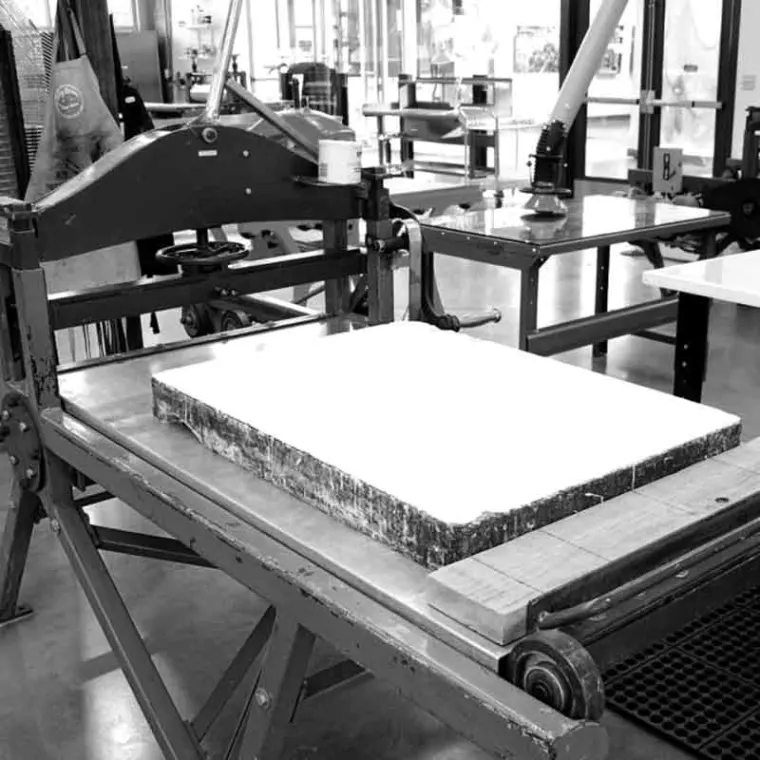

STONE LITOGRAPHY
We have a dedicated Stone Lithography area within the studio enabling artists to work directly onto Limestone to produce truly original prints.
ABOUT – STONE LITOGRAPHY
Lithography (from Ancient Greek) is a method of printing originally based on the immiscibility of oil and water. The printing is from a stone (lithographic limestone) or a metal plate with a smooth surface. It was invented in 1796 by German author and actor Alois Senefelder as a cheap method of publishing theatrical works. Lithography can be used to print text or artwork onto paper or other suitable material.
Lithography uses simple chemical processes to create an image. For instance, the positive part of an image is a water-repelling (“hydrophobic”) substance, while the negative image would be water-retaining (“hydrophilic”). Thus, when the plate is introduced to a compatible printing ink and water mixture, the ink will adhere to the positive image and the water will clean the negative image. This allows a flat print plate to be used, enabling much longer and more detailed print runs than the older physical methods of printing (e.g., intaglio printing, letterpress printing).
Lithography was invented by Alois Senefelder in the Kingdom of Bavaria in 1796. In the early days of lithography, a smooth piece of limestone was used (hence the name “lithography”: “lithos” is the ancient Greek word for stone). After the oil-based image was put on the surface, a solution of gum arabic in water was applied, the gum sticking only to the non-oily surface. During printing, water adhered to the gum arabic surfaces and was repelled by the oily parts, while the oily ink used for printing did the opposite.
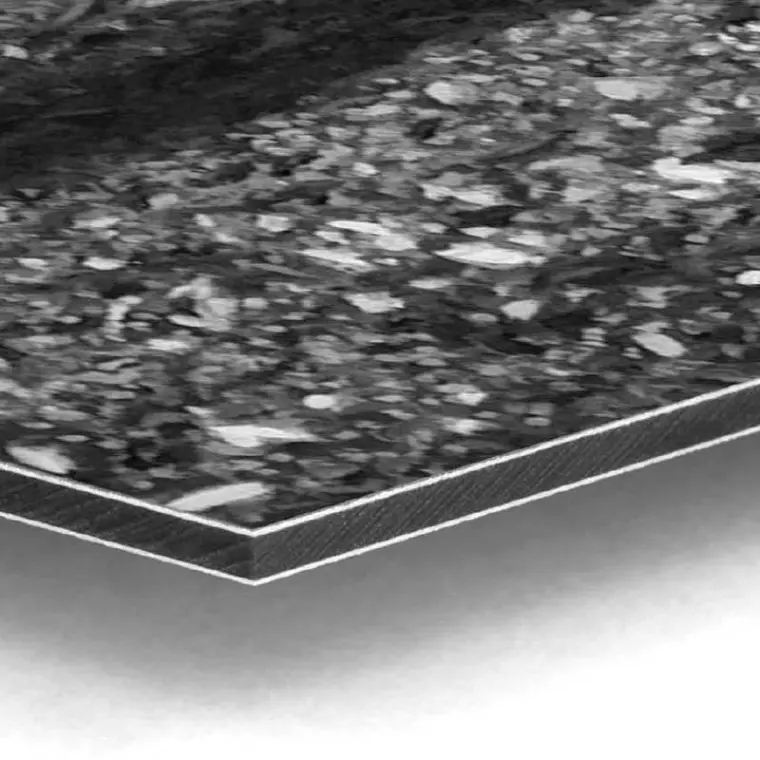

DiBOND
We have high quality large scale printers that handles most surfaces, and are mostly used to print directly on DiBond/Aluminium plates.
ABOUT – DIBOND®
DiBOND® is a classic mounting material that has been used by photographers for over 20 years. Direct printing on Dibond is a high quality print on alumnium plates, and is suitable for public exhibitions. The dibond disc consists of a polyethylene core which is enclosed in aluminum, which makes the material stable and durable.
DIBOND® was developed in 1992 as one of the first composite panels for the signage and décor industry. The plates are made by two 0.3mm aluminum plates with a strong Polyethylene core, and is also supplied with a protective film on both sides. The front and back side are either powder coated white or colored, matt or glossy. The usage of DIBOND® is nown for its flexibility to be used in almost any art and deisgn projects you would prefer.